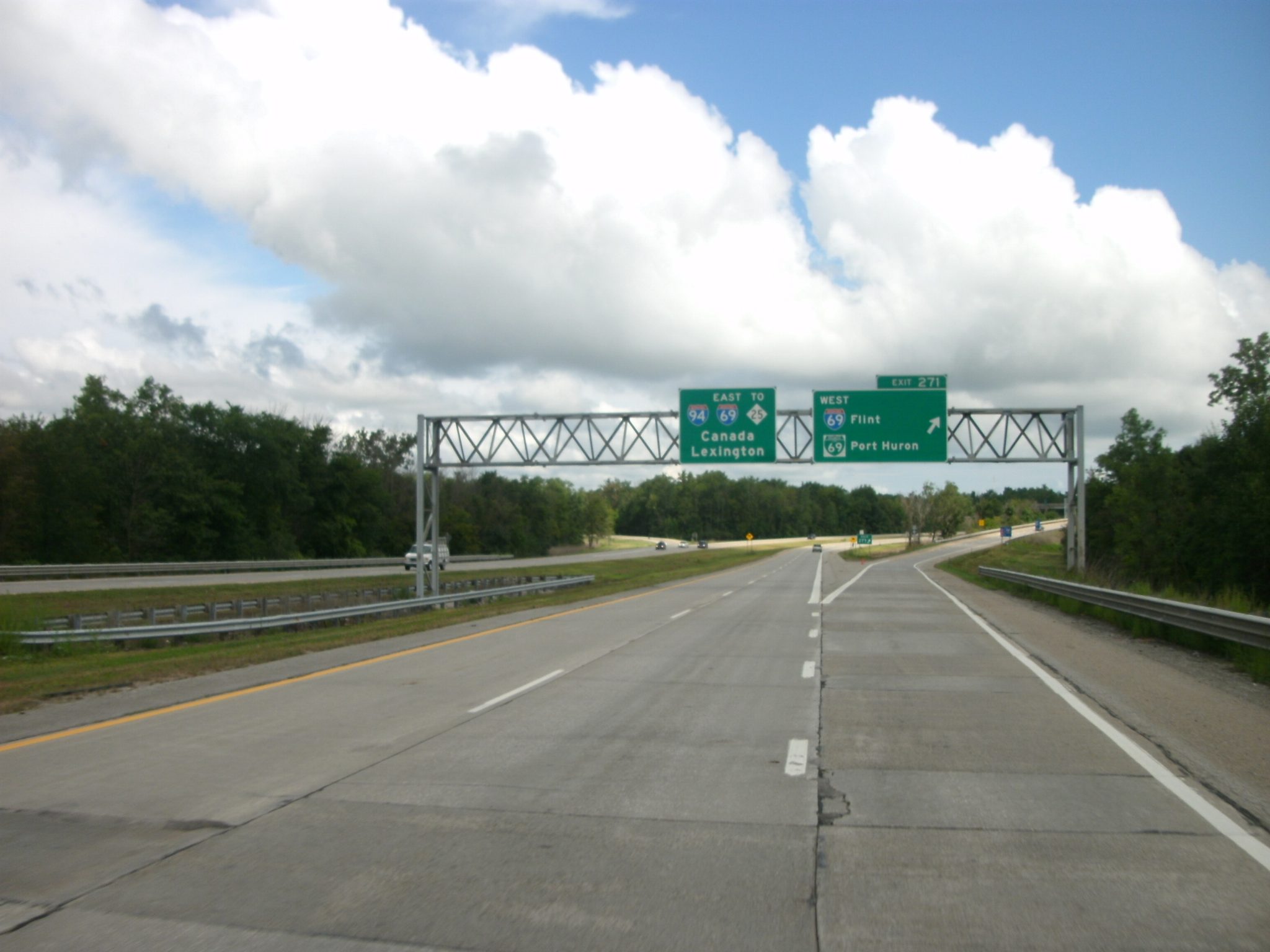How Bad are the Roads in Your Community? [Map]
Are you driving on smooth roads or falling into potholes? This map shows how the roads in your community fare.

Next week, voters will decide on Proposal 1, the ballot measure that would raise the state’s sales tax from 6 percent to 7 percent. You may have heard the arguments for and against. And you probably have an opinion about the roads you drive on every day as you travel to work, school and the grocery store.
But what do the data say? Exactly how bad are the roads in southeast Michigan?
It turns out the Michigan Transportation Asset Management Council has collected annual data on the pavement quality of all roads eligible for federal funding in Michigan since 2004. This includes some city roads, most county roads and state roads.
Every year, a three-person team including a Michigan Department of Transportation engineer, a local county road commission representative and a Southeast Michigan Council of Governments staff person drive every mile of eligible pavement in the region to survey pavement quality based on the PASER (Pavement Surface Evaluation and Rating) system. They start after the snow melts, usually sometime around April 1, and wrap up by the end of November.
The system uses a standard set of criteria to rate roads on a scale of 1-10. The score is based on a visual inspection of the degree of cracking and rutting on the road. Roads scoring a 9-10 are considered in “good” condition, those scoring a 4 to 8 are in “fair” condition and those scoring a 1 to 3 are in “poor” condition.
Check out how the roads rank in your city or county in this map prepared by SEMCOG:
GREEN = GOOD, YELLOW = FAIR, RED = POOR
“What [the data] continue to show, every year since we’ve been collecting it, is that the condition of our roads in the state of Michigan and in southeast Michigan continues to decline,” says Carmine Palombo, Deputy Executive Director at SEMCOG.
Palombo notes that a substantial body of research links the PASER score to the number of years of useful life left in the road. Roads scoring in the poor range are in dire need of total reconstruction.
“if you try to fix them by putting an overlay on them, you’re wasting your money,” he says. “Those pavements are so bad that you really need to totally reconstruct; pull out all the concrete and start all over again.”
The data clearly show an overall decline in pavement quality across southeast Michigan.
“When we first did this, only 10 percent of the pavements were poor,” says Palombo. “At the last one [in 2014], just under 40 percent of pavements were poor. So we have four times the amount of poor pavement today than we did when we started doing this [in 2004]. And every year we don’t address all of this, the cost of making those improvements goes up. It costs six to seven times as much to fix a pavement in poor condition than in fair condition.
